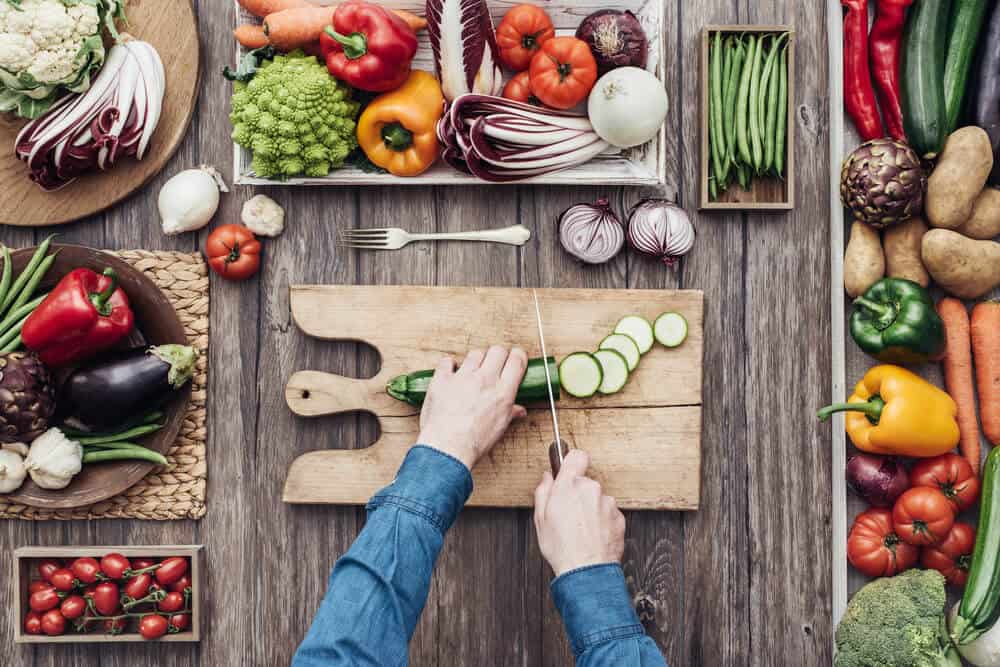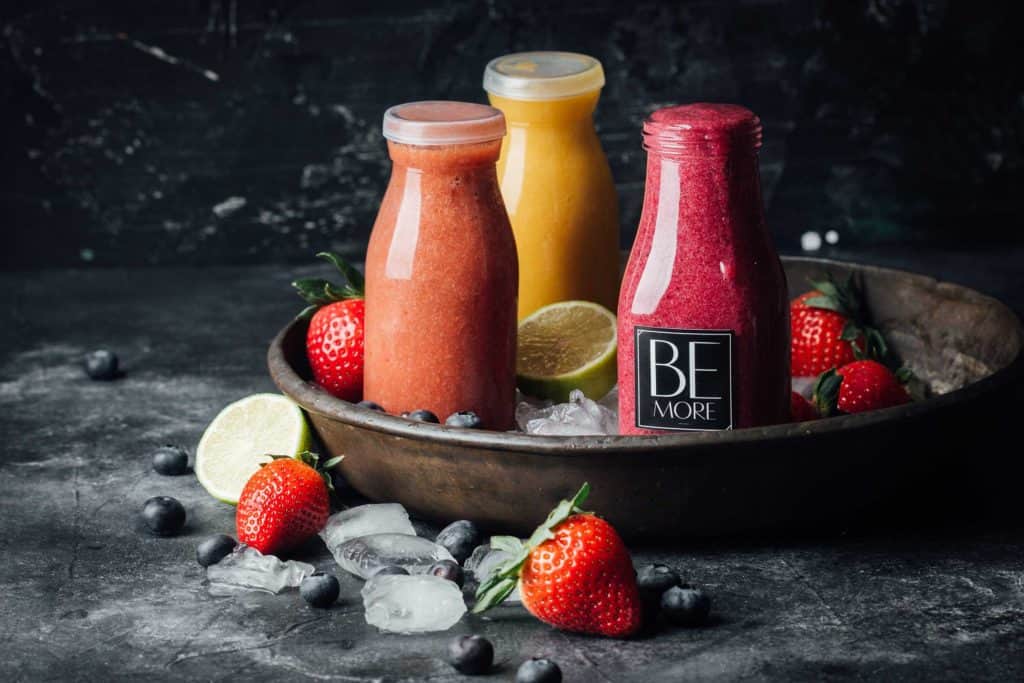Healthy Food For Slim Body
29. May, 2019

Healthy eating
The types of carbs included in your diet typically have a big impact on how you feel after eating the food, including how satisfied or full you are, how quickly you get hungry again or experience cravings for more, and how much of a lift in energy the food tends to provide for you.
Whenever we eat any type of carbohydrate, whether it’s pure table sugar or a cup of fresh vegetables, the molecules in the food are broken down as they’re absorbed, which impacts blood glucose levels and insulin release. All carbohydrates cause release of the hormone insulin from the pancreas, which has the job of picking up and sending glucose that’s present in the blood throughout the body to be used or stored away. If you consume more glucose than body needs at this moment, it will be stored in your fat tissue.
How drastically and quickly a carbohydrate causes this process to happen depends on how quickly its glucose is broken down. Some carbs cause a smaller and more gradual rise in blood glucose, while other carbs cause rapid glucose absorption and high insulin release. Carbohydrates of all kinds are the main dietary source of glucose, but not all carbs are created equal.
Choosing smaller blood glucose level rising foods can help prevent persistently high insulin levels, which are associated with health problems like type 2 diabetes or prediabetes, heart disease, hypertension, and obesity.
There are two types of carbohydrates: simple carbohydrates and complex carbohydrates.
Simple carbohydrates
These consist of foods that contain one or two simple sugars. Foods that are simple carbs include those with added table sugar, desserts, processed grains, candy, jam, soda, etc. However, not all simple carbohydrates are unhealthy. Fruits like apples, bananas, peaches and others are also “simple carbs” but can still be part of a balanced diet.
Complex carbohydrates
These are foods that consist of long chains of simple sugars. Foods such as beans, legumes, many veggies, oatmeal, bran, wheat germ and more are examples of complex carbohydrates.
Results of a 16-year study that tracked the diets of 120,000 men and women were published in 2015. Researchers found that diets with a high glycemic impact from eating refined grains, starches and sugars were associated with more weight gain.
Other studies show that a low glucose level impact diet may also promote weight loss and help maintain weight loss.
Based on factors like nutrient density, some of the least processed smaller bood glucose level impact foods you can eat include:
Non-Starchy Vegetables -Try to include these with every meal, especially all types of lettuce and leafy greens, broccoli, spinach, onion, green beans, artichokes, peppers, and others.
Nuts and Seeds – Look for chia seeds, flaxseeds, pumpkin seeds, almonds, and walnuts, which are some of the best choices. Be More Chia seeds are high in protein and fiber, both of which have been shown to aid weight loss.
Beans and Legumes – Beans are the perfect food to improve glycemic control. Beans are also high in non-starch polysaccharides. Consuming beans may significantly increase dietary fiber intake, and that is particularly important for blood sugar control. There are dozens of varieties of beans, from black beans, to pinto beans. They make an excellent salad, and can be combined with other food to make a tasty dish high in protein and complex carbs.
Fermented Dairy – Plain, unsweetened yogurt, raw whole milk and traditionally made cheeses are best. Choose organic and raw when possible.
Whole Grains – Choose minimally processed whole grains, such as oats, brown rice, wild rice, whole grain breads, sugar free muesli, and whole-wheat pasta.
Fresh Fruit – Fruit can be eaten when the rest of your diet is balanced, including strawberries, apples, berries, cherries and citrus fruits. Fresh fruit is a better choice over fruit juices.
Healthy Fats – Good sources include virgin coconut oil and extra virgin olive oil, nuts and seeds and avocado. Be More Chia seeds contain more omega-3s than salmon, gram for gram. Be More Hemp seeds are also great source of omega-3 fatty acids.
Quality Protein – Choose wild fish, such as salmon, free-range eggs, grass-fed beef or lamb, raw dairy products.
Quality Vegan Protein – Be More Quinoa is also high in iron, fibre and magnesium, which makes it the perfect wholefood. Be More Chia seeds are also packed with iron, zinc, and calcium, as well as lots of antioxidants. Be More Hempseed is an excellent source of protein, high in magnesium, zinc, iron and calcium. It contains large amount of all nine essential amino acids, as well as fatty acids such as omega-3. Chickpeas are highly versatile legumes, packing essential amino acids with a high protein content. Vegan proteiin powders offer higher a protein content than the raw forms, and are quick, easy and convenient to consume.
Written by nutritionist Riin Reimer
References:
https://draxe.com/low-glycemic-diet/
http://beaninstitute.com/beans-glycemic-index/
https://www.healthline.com/nutrition/11-proven-health-benefits-of-chia-seeds#section6



